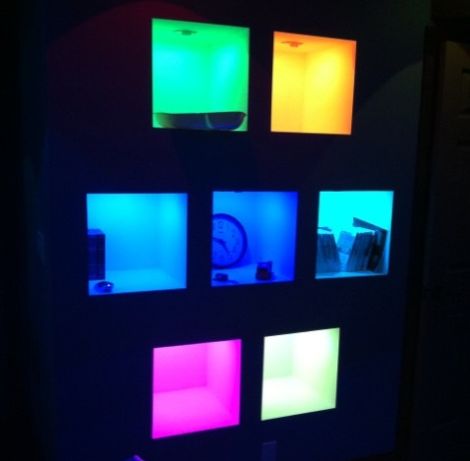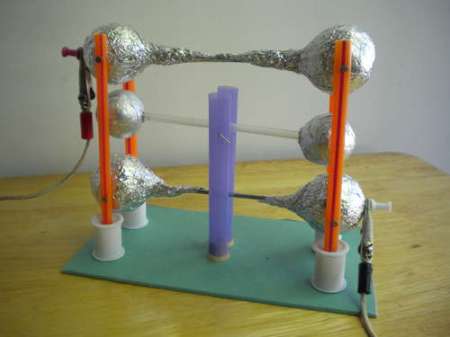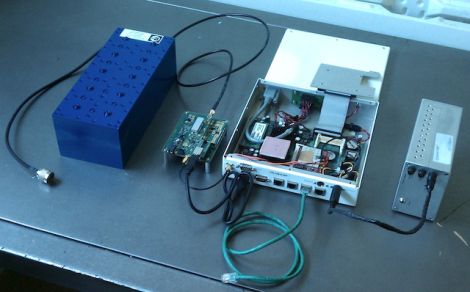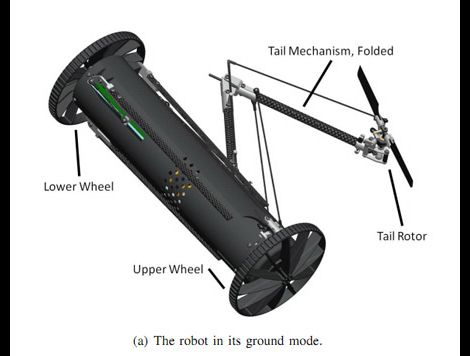
[Evan] is one of those neighbors you only wish you had.
His neighbors were renovating their basement for use as home theater, and he stopped by to check out how things were coming along. While there, he suggested they add some LED lighting to their shelving unit to make them pop. His neighbors were game, so he sourced some cheap RGB LEDs online and began working on the circuits and firmware needed to control the lights. His neighbors wrote some custom software that interfaces with iTunes to create a neat visualization in the shelving unit whenever music is played.
Once everything was complete, his neighbors informed him that they wanted an additional 20 overhead can lights and a set of 4 wall sconces wired up as well. Needless to say he was pretty excited, so he got busy wiring up the remainder of the basement.
He pushed the installation’s PIC microcontroller about as far as he possibly could, resulting in the awesome show seen in the video below.
Needless to say, it’s pretty impressive, though we wish we could have a peek at the code used to run everything. Wink, wink, nudge, nudge.
















